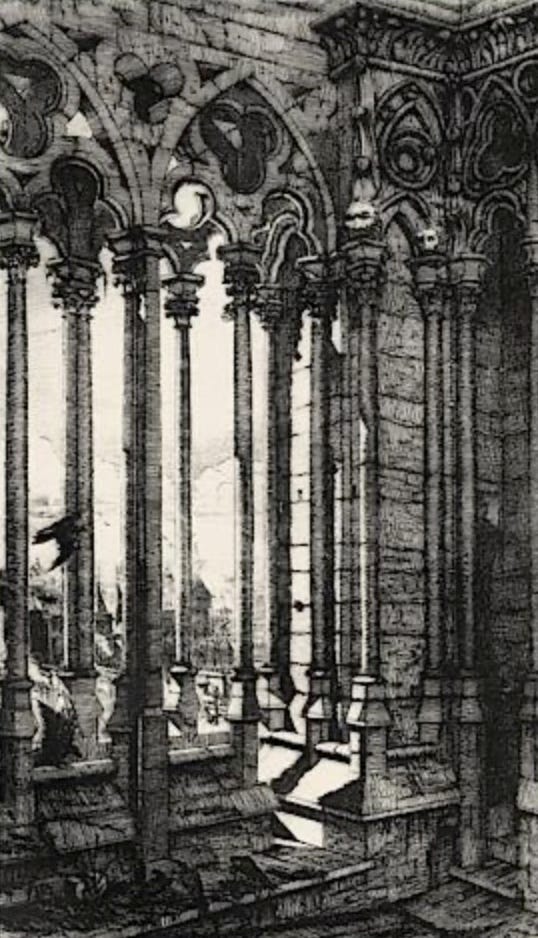On The Attention Aristocracy
Power by Capture (Class Series, Essay 6)
“The wealth of information means a poverty of attention.” — Herbert Simon, 1971
In earlier essays, I argued that the common life of the middle class is vanishing, and that beneath its disappearance lies an enduring architecture of class. Those essays traced how old categories, worker, bourgeois, elite, persist even as their forms change. This essay turns…



